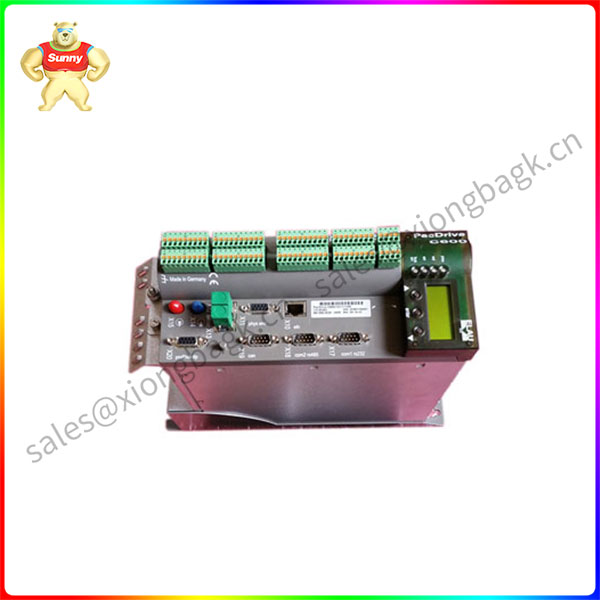Do you know these figures?
A survey of compressed air systems conducted by the U.S. Department of Energy found:
Compressed air systems account for 10% of all electricity used in manufacturing;
70% of U.S. manufacturing plants have compressed air systems;
50% of these plants have the opportunity to save significant amounts of energy at lower project costs;
(Source: Assessment of the Compressed Air Efficiency Services Market – Energy.gov)
Leakage of compressed air usually wastes 20%-30% of the output of the air compressor. In the current industrial compressed air system, the flow monitoring method is the most direct and accurate method of compressed air energy management. In order to improve the transparency and visualization of compressed air system data, and help plants save energy and reduce consumption, ifm has customized a complete set of solutions for users.
Compressed air monitoring solutions
PLC controls the machine, and at this level some analysis can be performed, such as trend analysis. But what if you could talk directly to moneo, the IIoT software developed by SCADA, MES, ERP and ifm, without the intervention of a PLC? The IO-Link technology provided by ifm equipment visualizes the data in real time: by analyzing changes in consumption and process values over different time periods, it is possible to pinpoint inefficient parts of the process.
Trend and event visualization page:
Based on ifm SD series compressed air flowmeter with moneo as an example

Equipment is not running, consumption > 0, indicating compressed air leakage.
Built-in pressure measurement, no additional pressure sensor required.
Built-in temperature measurement, no additional sensor required. A stable temperature is a sign that compressed air is dry.
Daily increases in consumption indicate compressed air leakage.
A large spike in flow rate indicates a damaged seal or hose.
Easily visualize compressed air process values with moneo
How do I find the leak?
Enterprises generally choose three kinds of countermeasures, which will also bring different costs
No countermeasures – High energy costs, with waste due to leaks accounting for 25-30% of energy costs.
Preventive maintenance? – Some kind of leak detection program. Schedule monthly or quarterly inspections. Use traditional methods such as soapy water or an ultrasonic detector at the joint. Once a leak is found, repairs are made.
Predictive maintenance – Continuously monitor the use of compressed air to quickly identify areas of leakage. Schedule repairs to minimize downtime. After the leak repair, the efficiency of the entire compressed air system is improved, and in many cases, investment in new air compressors is delayed as a result.
ROI calculation
Compressed air leaks waste thousands of euros every year. The following example is a typical example of a medium-sized manufacturing plant.
Three 200 HP compressors (160 kW each), 10 machines, 6,800 hours of operation per year, leakage accounts for 25% of annual costs.
Total cost per year:
3x160kWx6800 hours/year x€0.048/kW.h=€156,843/ year
 中文版
中文版




